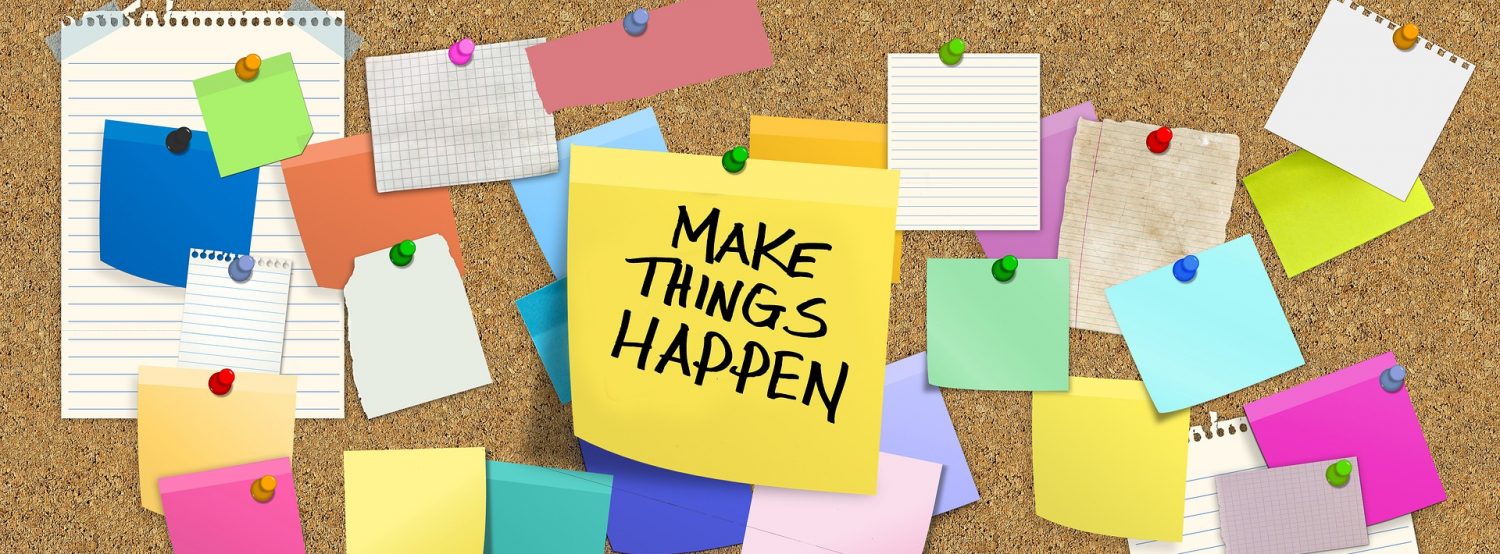Week 6: Achieving a Greater Potential
Today was our last day of shooting and not going to lie — I feel pretty sentimental! I am leaving Paris soon and from here on out will be editing b-roll sequences through the online server in America. It’s going to be weird not being in the production house; I will certainly miss the comradery and hands-on learning with people.
Today while saying bye to Fareed, he told me he was proud of me because I filmed without understanding of what people were saying and edited on a completely French software. He said that despite the language and perhaps cultural barriers I had to face, he could feel me through my camera. This was one of the nicest things I have ever heard and made me feel like this experience has truly helped me grow as a cinematographer. He said that even though I’m young, he believes I have a lot of potential based on the way I frame images and capture subtle details. It made me so happy! That’s the ultimate goal! I attribute much of my attention to detail to my time in France. I believe that my lack of French skills actually trained me to become more in tune with subtleties such as facial expressions, hand gestures, body posture, eye contact, etc. I learned to be hyper-aware of these different factors which are often so overlooked in dialogue when we’re focused merely on speech. There is so much more to communication than spoken language and I believe I am a stronger cinematographer because I was thrown into an environment in which I almost completely relied on visuals to understand and convey.
As an American, I feel like I brought a different style of cinematography to the table than conventional French cinematography. The French style of shooting is very clean, symmetric, flat, etc. However, I like to use the camera to help emotions transcend the screen and as such, I’m not afraid to break classic rule-of-thirds or 180 rules. For example, when we filmed the scene where Amal took us to the place the police officer killed her brother, I shot a close-up side profile shot of her face; I purposefully created little space between the edge of the frame and her face because it creates a feeling of suffocation and tension, symbolic of the suffocation and tension that comes with police brutality and minority oppression. The tight frame enables viewers to feel close and intimate with Amal while creating a skewed sense of discomfort.
Having the opportunity to be completely hands-on and execute my creative vision in scenarios such as this one has truly pushed me as a visionary, filmmaker, and storyteller. I feel beyond lucky to have had the chance to film, see my mistakes in the edit room, film again, see my mistakes again, and repeat this process ten times over. If I were interning with another media company, I am sure I would have been nothing more than a production assistant, logging tapes or transcribing files. Aida has truly given me the opportunity of a life-time and I am forever grateful and feel so ready for what’s next. In late July, I have an externship with The Academy in NYC, then I head to LA for a two-week film fellowship, then I do a week-long shoot for Camp Kesem, and multiple wedding gigs sprinkled throughout. My time in Paris has taught me that no matter the topic, subject, language, culture, place, or time… visual storytelling gives us the powerful ability to understand, to feel, to connect. And I am so lucky to have found a passion some people search a lifetime for.

As I’ve said before – wow – what an amazing opportunity you’ve had! I can’t wait to see the documentary. Good reflecting on the things your perspective brought to the film. I’m glad that Farad had so many complimentary things to say, particularly given other things you’ve shared about the way in which he operates. Don’t know if it is possible, but you might share some of your insights – informed by your leadership studies – with Aida; she might really appreciate hearing some of those thoughts, particularly in regards to dynamics, collaboration, etc. Sounds like you’ve got a busy summer ahead of you.